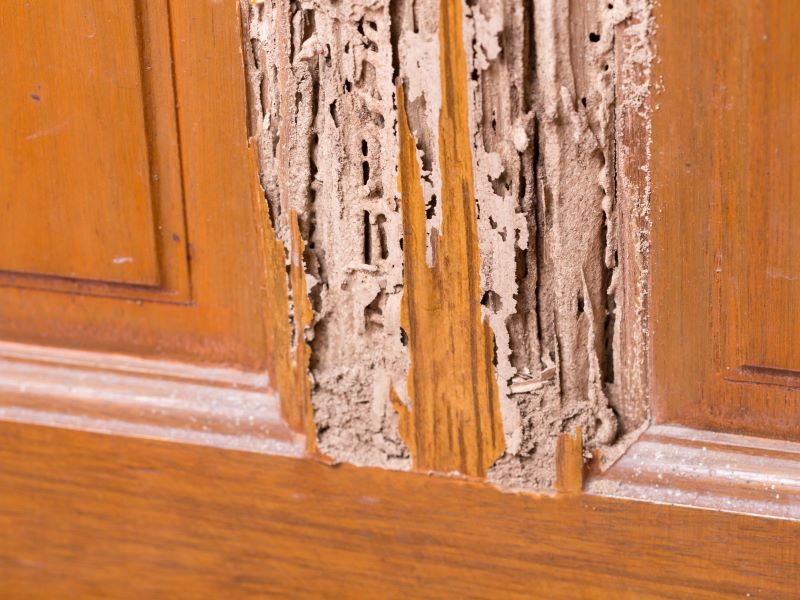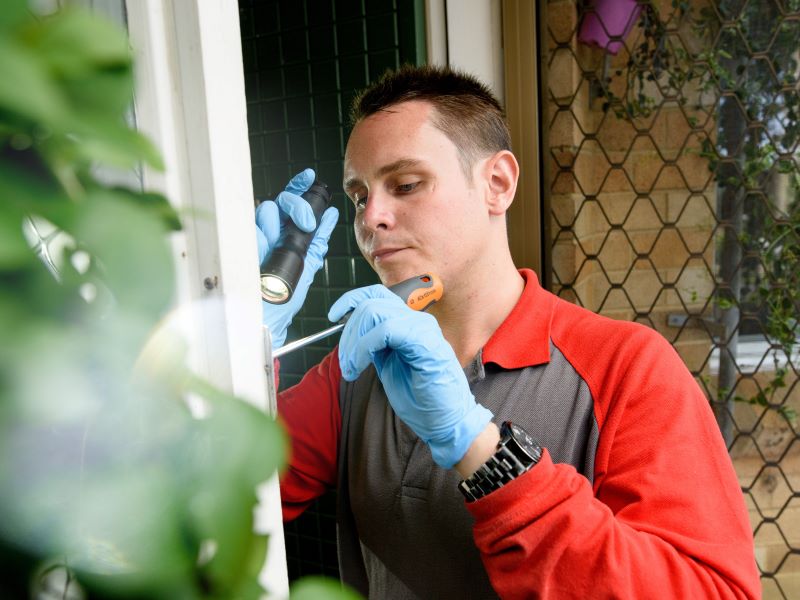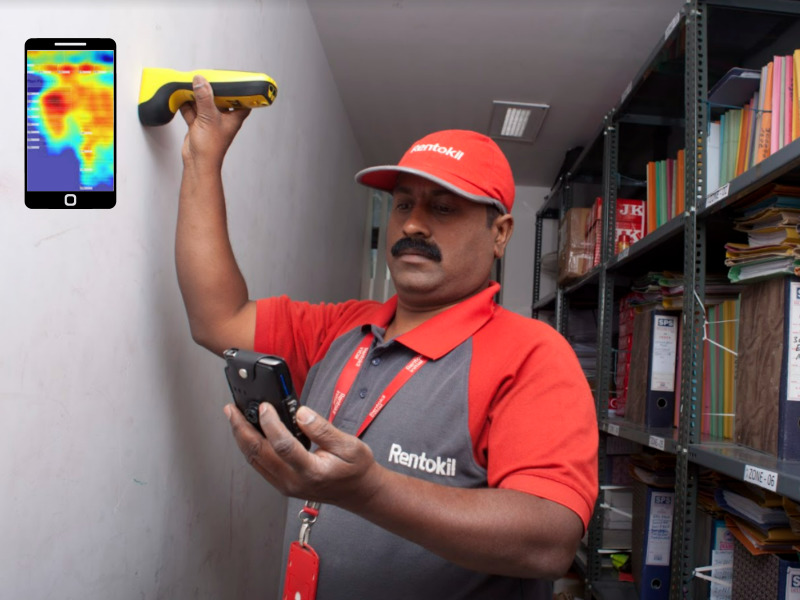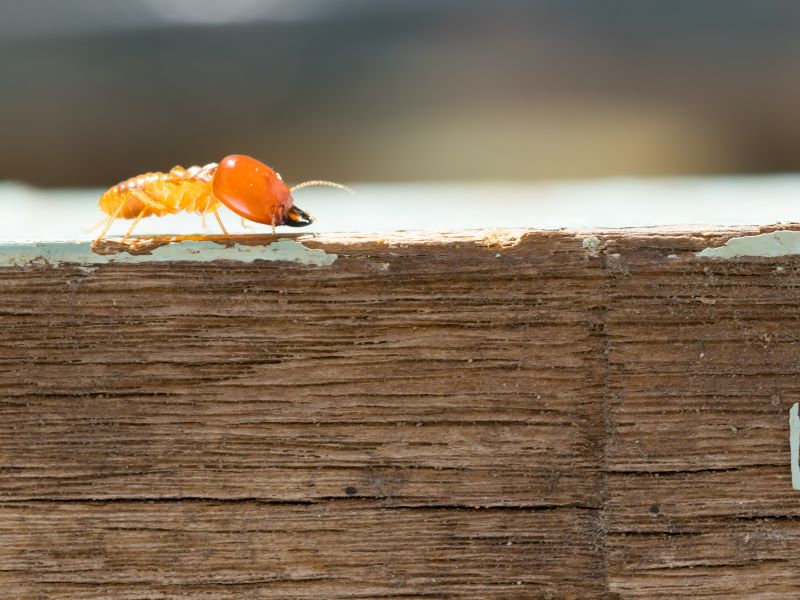This climate is one that invites a vast variety of pests, none of which are as destructive as termites in Singapore. These common household pests are difficult to spot – and they reproduce rapidly! In addition to damaging furniture, termite infestations can also weaken the very structure of a house. This is why it’s absolutely crucial to detect them early. Here, the experts at Rentokil tell us just what we need to know about dealing with termites and pest control in Singapore.
How do termites spread?
A particularly sneaky pest, termites are able to enter the home through tiny cracks in your wall. Their vast underground nests may spread beneath multiple properties, including those of your neighbours. This means that even if your house is currently termite free, preventative measures are still a good idea.
How to prevent termites in Singapore?
There are additional measures you can take to prevent an infestation. Inspect plumbing regularly to make sure there are no leaks, because termites are drawn to moisture. You can also ventilate the house, seal cracks in your walls and minimise contact between soil and wood surfaces. The most effective prevention method is to treat the soil with liquid termiticide before constructing your home. This creates a barrier that discourages these pests from entering the home.
How does pest control in Singapore identify a termite infestation?
According to the pest control experts at Rentokil, there are eight signs of termite infestation. These include damaged wood, discarded wings, mud tubes, fecal pellets and termites themselves – which are often mistaken for ants. Additional signs include hollow-sounding wood, tapping noises and underground tunnels; but these are difficult to spot without the aid of a professional.
What to do if you suspect a termite infestation?
Preventing an infestation is essential to avoiding irreversible damage to the structure of your home and furniture. If you discover termites in your home, the most important thing is to solve the issue quickly. While there are methods the layman can take to prevent infestations, once a nest has taken root, the only effective solution is to employ professional help.
How does Rentokil pest control eliminate termites in Singapore?
Rentokil is a great choice for pest control in Singapore because the team uses advanced diagnostic tools to quickly and accurately detect and monitor termite infestations without the need for any invasive procedures. Their technicians use advanced technology that allows them to ‘see’ through a house’s walls, floorboards and ceilings to uncover hidden problems that would otherwise be undetected.
Their experts will then take you through the data to help you choose the most effective solutions based on the type and severity of the problem. Available treatments are highly effective, odourless, pet-friendly and have a retreatment warranty that lasts up to ten years.
While it’s ideal to prevent a termite infestation in the first place, using soil treatments, there are two effective ways to control an infestation that has already taken root.
Liquid termiticide
Liquid termiticide can be employed before or after the construction of a building. Pest control experts spray the substance to create a protection zone that prevents infestations. When this method is used prior to construction, liquid termiticide is applied before concrete slabs are laid down. This prevents damage from subterranean termites.
Post-construction treatment involves injecting termeticide into pre-drilled holes around the perimeter of the house and gaps in the foundation where termites may enter the structure. The termiticide used by Rentokil is an odourless solution that has minimal impact on the environment.
Termite baiting and monitoring
Another way pest control treats an infestation is by installing in-ground (IG) or above-ground (AG) baiting stations that are strategically placed across the home. Termites lured to these stations bring the bait back to the colony and eventually eliminate the infestation. Rentokil’s team of experts closely monitor the bait boxes, regularly replenishing them until they’ve eradicated the infestation. Post-baiting monitoring is also essential to preventing re-infestation.
Written in collaboration with:
Rentokil
6347 8138 | rentokil.com.sg
Read more about living in Singapore:
How to prevent and deal with creepy-crawlies in your home
Need help getting rid of mozzies?









